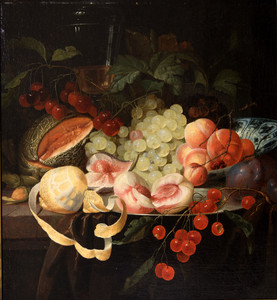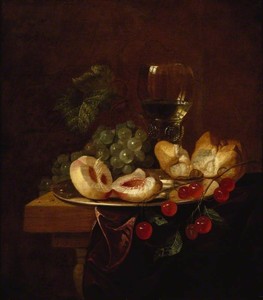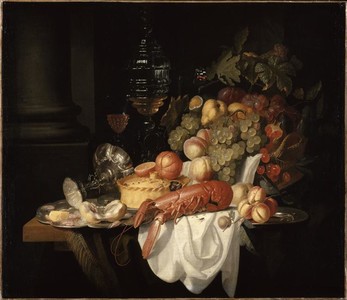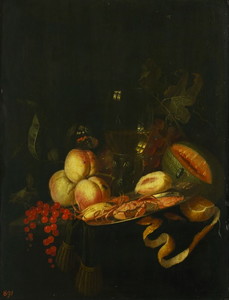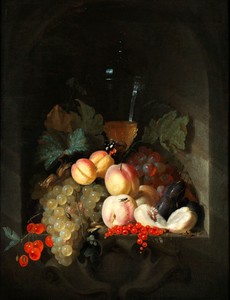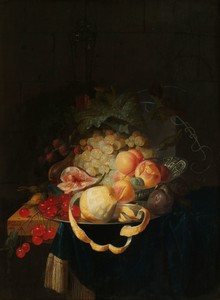Johannes Hannot
Fruit and a lid glass in a niche
Oil on panel : 58,5 X 44,8 cm
Bears a fake signature “I. HEEM” for Jan Davidsz. de Heem
Unsold at Hampel Munich, 7/04/16
Estimate : 25.000 – 35.000 € (+ buyer’s premium)
This is a comparative item
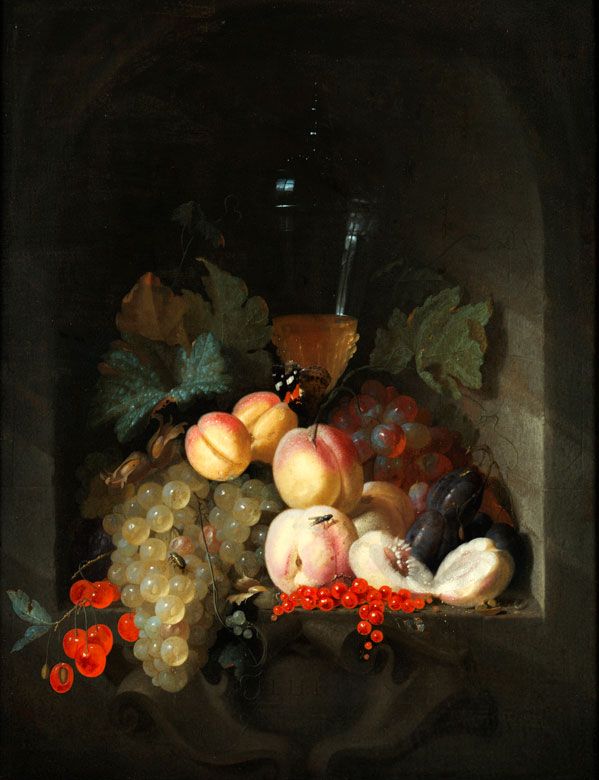
Painting for Sale
Hannot, Attributed to Johannes
"A fruit still life with a lid glass"
Comparative paintings
Click photos for more details

